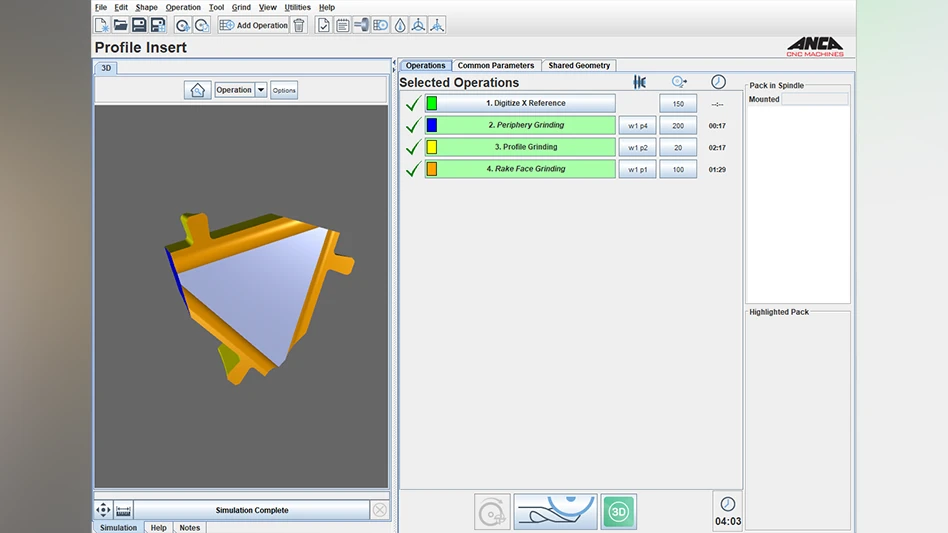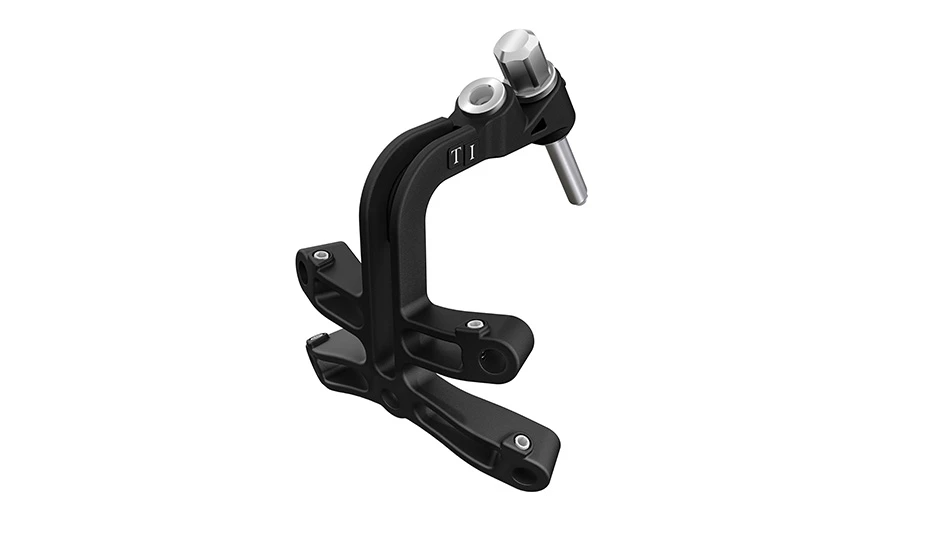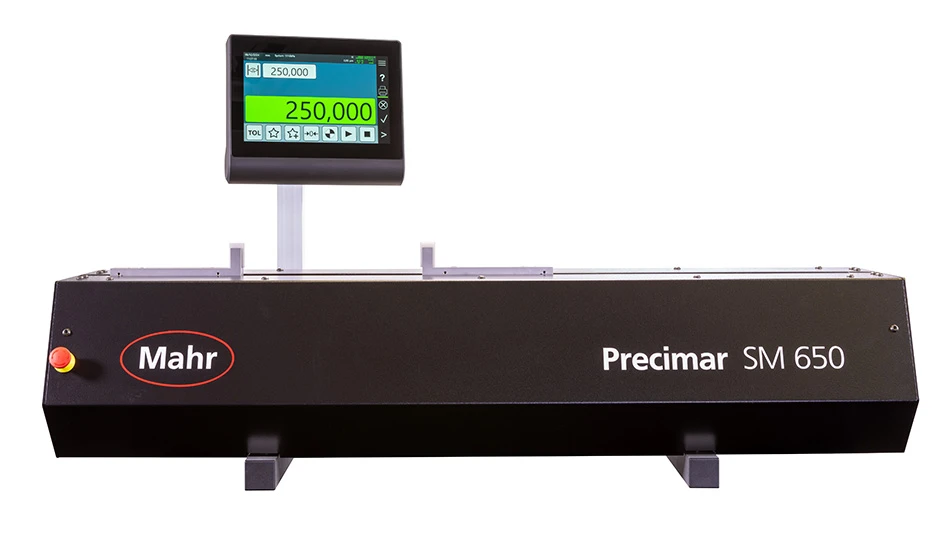AMR vs. AGV
AMRs use sensors, artificial intelligence (AI), 2D vision systems, and 3D vision systems to navigate in complex work environments.
Autonomous guided vehicles (AGVs) are mobile but use wires or tracks, moving along narrowly defined routes.
Common AMR uses
- Unloading trailers
- Warehouse fleet management
- Conveyor systems
- Manufacturing work cells
- Tugger, trolley replacement
- Pick-and-place
First used by NASA for space exploration, autonomous mobile robots (AMRs) are one of the fastest-growing categories in the automation world, capable of guiding themselves across factories to perform work in multiple locations.
Industries using AMRs
- Aerospace
- Semiconductors
- Automotive
- Logistics
- Manufacturing
- Textiles
- Retail
Reasons for service robot deployment
- Productivity/efficiency
- Product/service quality
- Operational capacity
Retail/service robots
IDC’s 2018 Commercial Service Robotics Survey: More than 90% of companies surveyed plan commercial service robot use; led by retail, wholesale/distribution.


Explore the Automation Target Guide Issue
Check out more from this issue and find your next story to read.
Latest from Today's Medical Developments
- Arcline to sell Medical Manufacturing Technologies to Perimeter Solutions
- Decline in German machine tool orders bottoming out
- Analysis, trends, and forecasts for the future of additive manufacturing
- BlueForge Alliance Webinar Series Part III: Integrate Nationally, Catalyze Locally
- Robot orders accelerate in Q3
- Pro Shrink TubeChiller makes shrink-fit tool holding safer, easier
- Revolutionizing biocompatibility: The role of amnion in next-generation medical devices
- #56 Lunch + Learn Podcast with Techman Robot + AMET Inc.





